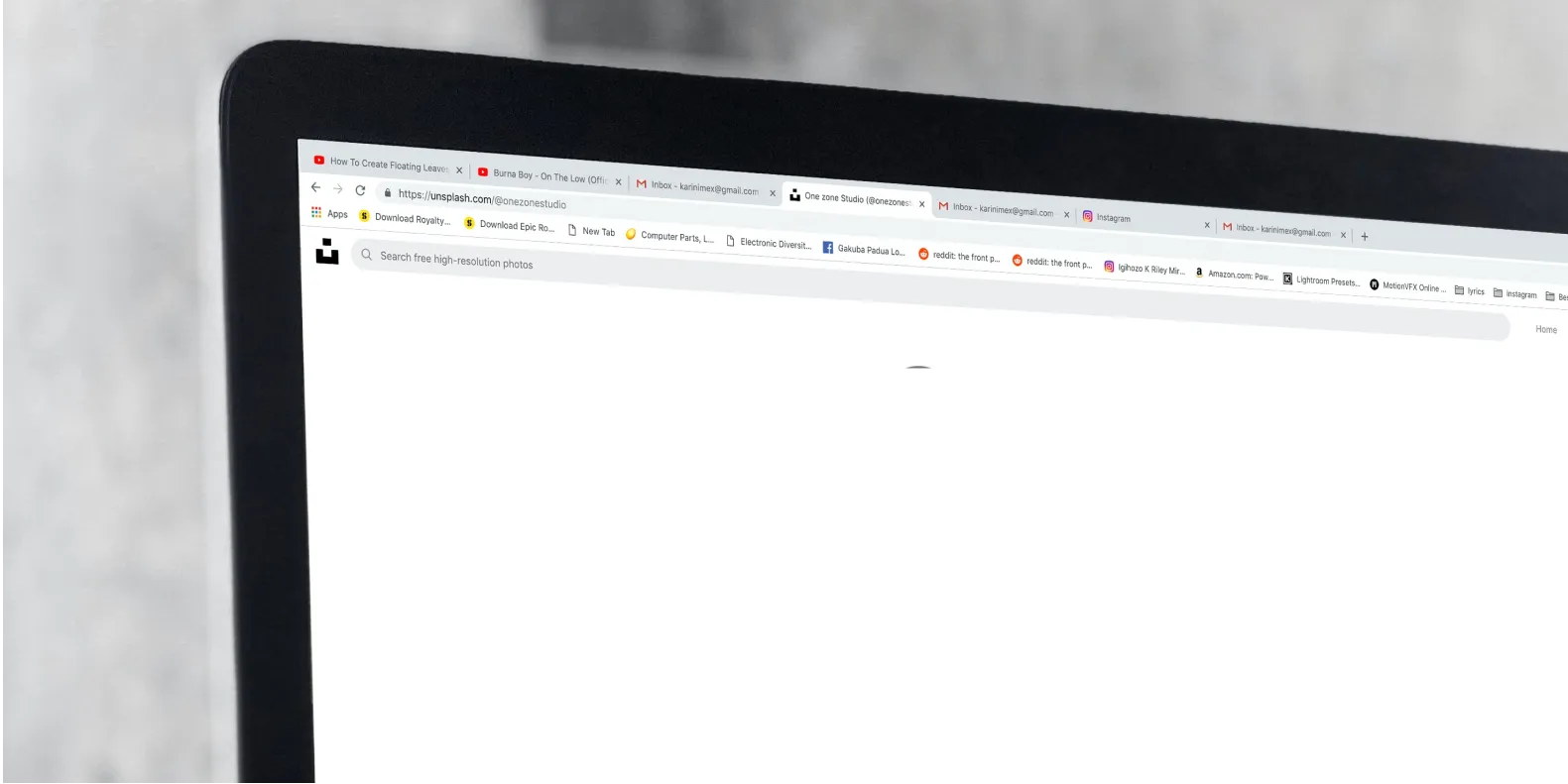When we talk about a cache, we refer to a storage mechanism that temporarily holds data to speed up future access. Caches are widely used in computing to enhance performance by reducing the time it takes to retrieve data. They can be found in various forms, including browser caches, DNS caches, and application caches. Each type of cache serves the same purpose: to store frequently accessed information for quicker retrieval, thus improving overall efficiency.
How Does a Cache Work?
A cache works by storing copies of files or data that are frequently accessed. When a user requests a file or data, the system checks whether it is available in the cache. If it is, the system can quickly deliver the cached version, saving time and resources. If the requested data is not in the cache (a cache miss), the system retrieves it from the original source, which is usually slower. This mechanism is crucial for applications that require fast data access, such as websites and software applications.
Types of Caches
There are several types of caches that serve different purposes:
| Type of Cache | Description |
|---|---|
| Browser Cache | Stores web page resources (images, scripts, etc.) to speed up loading times for frequently visited sites. |
| DNS Cache | Holds records of previously resolved domain names to speed up subsequent access to websites. |
| Application Cache | Used by applications to store data needed for performance enhancements, such as user settings or previous interactions. |
Why Clearing the Cache Fixes Issues
Clearing the cache can often resolve a variety of issues, particularly in web browsing and application performance. Here are some common reasons why clearing the cache can fix problems:
1. Outdated Data
One of the primary reasons to clear a cache is that it may store outdated data. When data changes on a website or within an application, the cache may not reflect these updates immediately. This can lead to errors, broken links, or even outdated content being displayed. By clearing the cache, users can ensure they are accessing the most recent and relevant information.
2. Corrupted Cache Files
Sometimes, cache files can become corrupted due to various reasons, such as improper shutdowns, application crashes, or software bugs. Corrupted files can lead to glitches or malfunctions within applications and websites. Clearing the cache removes these problematic files, allowing the system to create new, uncorrupted versions on the next access.
3. Improved Performance
Over time, caches can accumulate a significant amount of data, which may slow down performance. Clearing the cache can help improve speed and responsiveness, as the system will only store relevant and frequently accessed data moving forward. This is particularly important in the context of web browsing and applications that rely heavily on real-time data.
4. Fixing Display Issues
Users may also encounter display issues, such as layout problems or images not loading correctly. These issues are often due to the cache displaying outdated or broken resources. Clearing the cache can resolve these issues by forcing the browser or application to fetch the most current files directly from the server.
5. Troubleshooting Network Issues
Sometimes, network issues can stem from problems with cached data, particularly in the case of DNS caches. If DNS records are outdated or incorrect, users might find themselves unable to access certain sites. Clearing the DNS cache can resolve these issues, allowing for proper routing of web traffic and access to the desired websites.
How to Clear Your Cache
Clearing your cache is a straightforward process, and the method varies depending on what type of cache you are dealing with. Here are general steps for clearing your browser cache:
- Open your browser settings.
- Locate the privacy or history section.
- Find the option to clear browsing data or cache.
- Select the appropriate options, such as cached images and files.
- Click on the clear or delete button.
For application or DNS cache, the steps can differ based on the operating system you are using. Consult the help documentation specific to your application or operating system for detailed instructions.
Conclusion
Understanding what a cache is and why clearing it can resolve various issues is crucial for anyone who uses a computer or mobile device. From ''referrerAdCreative'' to everyday browsing, caches play an essential role in enhancing performance and user experience. By regularly clearing your cache, you can avoid potential problems and ensure that you are always accessing the most up-to-date information available.





